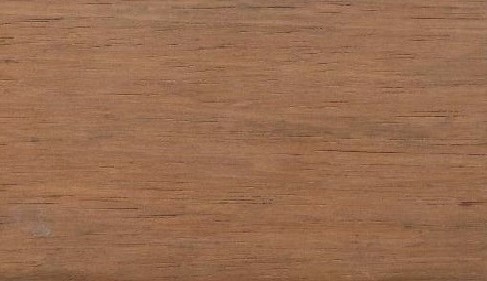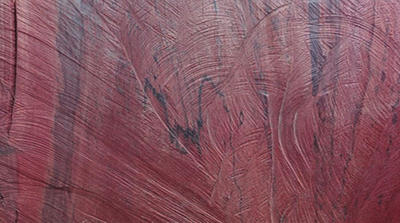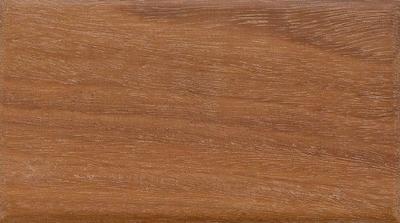Carbonero
Scientific Name: Licania spp.
Other Common and Commercial Names: Icaquillo (Cuba); Bois gris (Trinidad); Monkey apple (Belize); Encina (Guatemala); Rasea,
Sapote (Panamá); Icaquito, Mamoncillo (Venezuela); Abure, Caña dulce, Cáscara de huevo, Cenizo, Mango de monte (Colombia); Merecure de montaña (Venezuela); Kwepie, Anaura (Surinam); Marishballi, Kairiballi (Guyana); Carbonero, Apacharama, Roble, Ninacaspi; Pintadinho, Caraipe, Macucu bobo, Anaura (Brazil).
Appearance: The outer layers (sapwood) are pale brown to brown or dark brown, sometimes with reddish shades and inner layers (heartwood) indistinct beige, observing a gradual transition between the two layers.
Characteristics: It has a medium to fine texture, with straight grain to criss-cross. Low shine and Veteado or soft figure.
Weight: Basic specific gravity (ovendry weight/green volume) of 39.3lb
Working properties: Wood is difficult to work due to its high content of silica (1.66%) and the use of diamond-tipped saws with which it is possible to obtain smooth surfaces is recommended. Drying is moderately easy with slight kinks. There is no information available on artificial drying. The wood is considered not very durable and is susceptible to attack by fungi and insects, but shows resistance to marine drillers because of its high silica content. It is reported moderately difficult to preserve.
Uses: Wood is used for heavy construction, railway sleepers, pilings and marine construction, ship components and floors.



